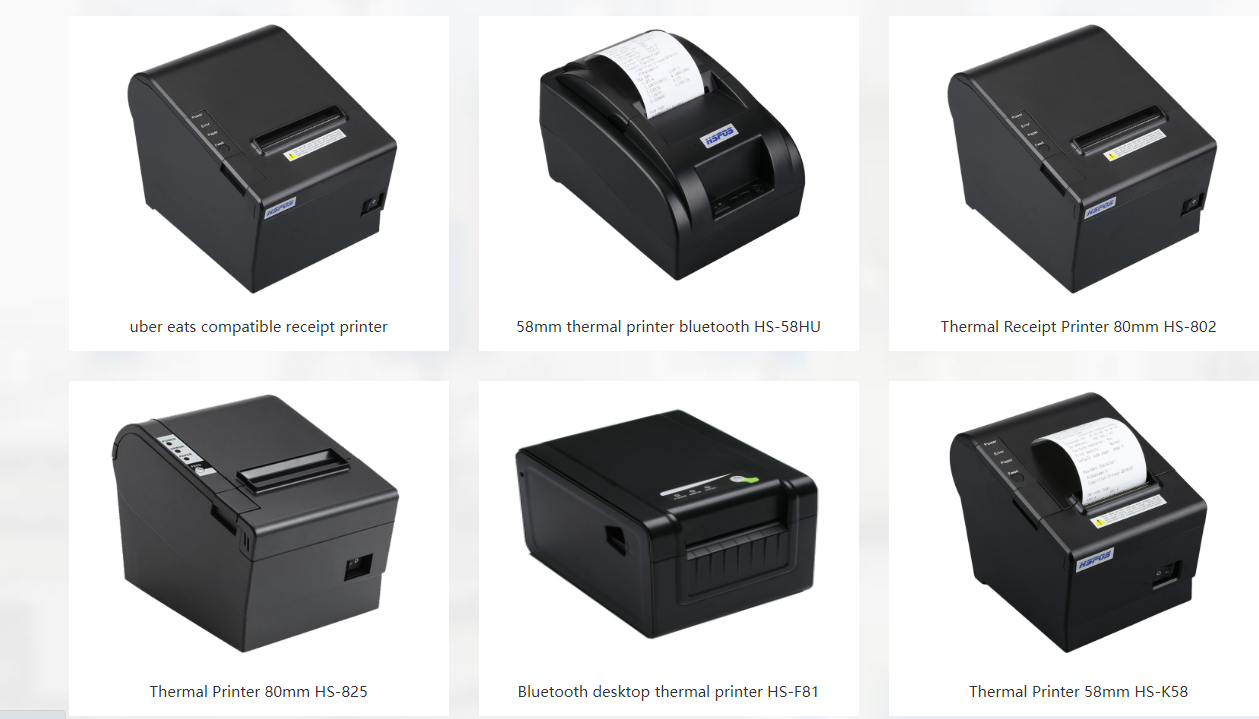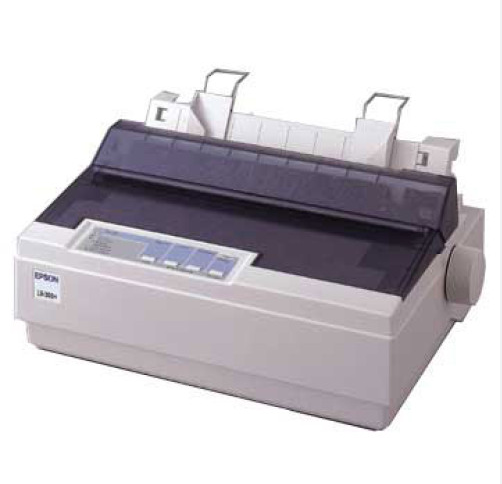Receipt printers are an essential tool for businesses that need to produce receipts, invoices, and other transactional documents. There are several types of receipt printers available on the market, each with its own advantages and disadvantages. In this article, we'll explore the different types of receipt printers and help you choose the best one for your business.
Thermal Receipt Printers
Thermal receipt printers are the most common type of receipt printer and use thermal printing technology to produce high-quality text and images on heat-sensitive paper. They're fast, efficient, and cost-effective, making them an ideal choice for most businesses. Thermal printers can further be categorized as direct thermal or thermal transfer printers. Direct thermal printers use heat-sensitive paper that darkens when heated, while thermal transfer printers use a ribbon to transfer ink to the paper. Direct thermal printers are more cost-effective but have a shorter lifespan, while thermal transfer printers produce higher quality prints and are more durable.

Impact Receipt Printers
Impact receipt printers use a ribbon to transfer ink to the paper, creating a permanent, high-quality print. They're durable and long-lasting, making them an ideal choice for businesses that need to produce receipts in harsh environments. However, impact printers are slower and noisier than thermal printers and require regular maintenance.

Portable receipt printers are small, lightweight printers that can be easily carried around by staff. They're an ideal choice for businesses that require mobile printing, such as food trucks, delivery drivers, or pop-up shops. Portable receipt printers can be either thermal or impact and are battery-powered, making them easy to use anywhere.

Multifunction Receipt Printers
Multifunction receipt printers combine the functions of a receipt printer, barcode scanner, and cash drawer in one device. They're an ideal choice for businesses with limited counter space, as they eliminate the need for multiple devices. Multifunction receipt printers can be either thermal or impact and offer a range of connectivity options, including USB, Ethernet, Bluetooth, and Wi-Fi.
Kiosk Receipt Printers
Kiosk receipt printersare designed for use in self-service kiosks, such as ticket machines or automated checkouts. They're typically thermal printers with a small footprint and can be integrated into the kiosk design seamlessly. Kiosk receipt printers can be either direct thermal or thermal transfer and offer a range of connectivity options, including USB, Ethernet, and serial.

Conclusion
Receipt printers come in various types and styles, each with its own advantages and disadvantages. When choosing a receipt printer for your business, consider factors such as speed, paper size, connectivity, cutting options, durability, and cost-effectiveness. Thermal receipt printers are the most common type and are ideal for most businesses, while impact printers are a good choice for businesses that need to produce receipts in harsh environments. Portable receipt printers are perfect for mobile printing, while multifunction receipt printers combine several functions in one device. Kiosk receipt printers are designed for use in self-service kiosks and can be integrated into the kiosk design seamlessly. With so many options available, there's a receipt printer out there that's perfect for your business's needs.



